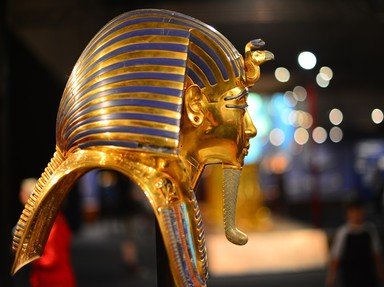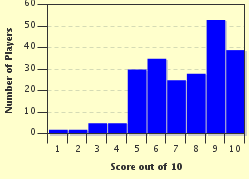Quiz Answer Key and Fun Facts
1. Which of the following is considered to be a translation of the title "pharaoh"?
2. Considered to be one of the greatest military leaders in history, which leader of the 18th Dynasty is believed to be the first king of ancient Egypt who was actually called "pharaoh"?
3. According to inscriptions that have been found, at least by the time of the New Kingdom what was the proper way to address pharaoh?
4. The double crown was one of the symbols of pharaoh's power. What was it called?
5. Which of the following was connected with the pharaoh and, as part of his crown, was viewed as a symbol of divine authority in ancient Egypt?
6. Which of the following words best describes the type of government in ancient Egypt that was ruled by pharaoh?
7. In spite of his power and authority, pharaoh did need help in the administration of his land. Which of the following officials was his right-hand man?
8. A woman who ruled Egypt held the title "Queen", not "Pharaoh".
9. Pharaohs were considered to be divine.
10. A very long list of pharaohs reigned over ancient Egypt. Even though neither were probably called "Pharaoh" by their people, can you find the pair that represents the first and the last pharaohs to rule?
Source: Author
ponycargirl
This quiz was reviewed by FunTrivia editor
bloomsby before going online.
Any errors found in FunTrivia content are routinely corrected through our feedback system.

